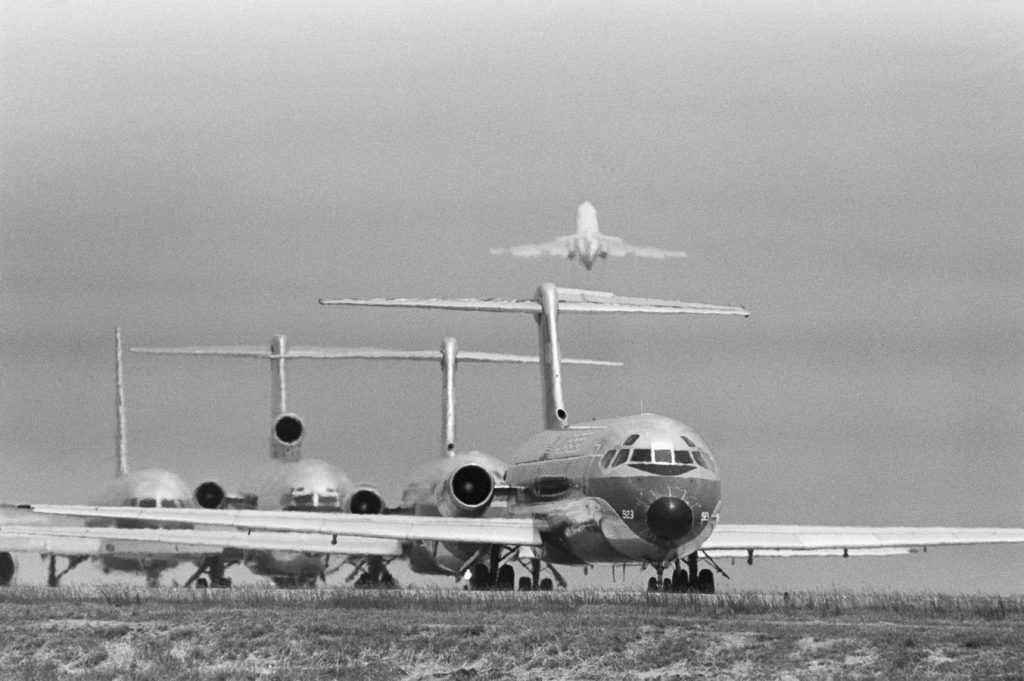Listen to the article
Airline Hubs and Competition: Separating Facts from Fiction
Recent discussions about competition in the U.S. airline industry have intensified, with numerous stakeholders calling for major restructuring. Critics frequently cite “fortress hubs” and lack of competition as major issues harming consumers. However, a closer examination of the actual dynamics at play reveals a more nuanced reality that challenges many commonly held assumptions.
At airports like Charlotte, North Carolina, American Airlines indeed carries over 80% of passengers annually. Similar situations exist at Minneapolis/St. Paul with Delta and Houston Intercontinental with United. Consumer advocates argue these arrangements stifle competition and harm travelers by limiting choices and potentially increasing fares.
But this perspective misunderstands the fundamental nature of airline hubs. An important distinction: airports themselves aren’t “hubs” – airlines create hub operations at specific airports to aggregate passengers and facilitate connections to multiple destinations.
At Charlotte, published data shows that of the more than 50 million passengers passing through annually, less than 20 million are actually beginning or ending their journey there. The majority – over 70% – are connecting passengers that American Airlines routes through Charlotte. These passengers essentially “walk across the hall” to connect to other American flights.
This hub model creates tremendous economic benefits for Charlotte and North Carolina, including international flights that local demand alone could never support. The contention that another airline could simply capture this traffic misrepresents how the system operates. American has built this network specifically to funnel passengers through Charlotte.
Memphis provides a cautionary example of what happens when hub operations cease. After Delta scaled back its hub there, Memphis maintained service only to destinations supported by local demand. The numerous connections once made possible by Delta’s hub operation disappeared.
Rural air service presents another complex challenge. Many smaller communities have seen airlines reduce or eliminate service at local airports, prompting concerns about economic isolation. However, the absence of flights at a local airport doesn’t necessarily mean reduced air access.
Take Pueblo, Colorado, which receives federal subsidies for just two daily departures to Denver. Meanwhile, Colorado Springs – only 30 to 45 minutes away by car – offers approximately 33 daily departures from seven major airlines accessing 11 connecting hubs. Similarly, Toledo, Ohio has better air options at Detroit Metro Airport, just an hour’s drive away with nearly 360 daily departures.
The economics of modern air travel, including the demise of small airliners, changing communication needs, shifting consumer preferences, and proximity to larger airports, create conditions that cannot be reversed through government intervention alone.
Airport facilities, particularly gates, represent another misunderstood issue. When considering gate allocation, the metric should be highest and best consumer impact – not simply increasing the number of airline brands. United Airlines’ recent expansion at Chicago O’Hare illustrates this point.
While some advocate for reallocating United’s gates to low-fare carriers, United is using this capacity to connect smaller markets like Paducah, Lynchburg, Wausau, Marquette, Santa Barbara, St. George, and Idaho Falls to its global network. These connections provide significant economic benefits to these communities.
Smaller “low-fare” carriers typically avoid direct competition with major airlines and often focus on leisure markets with a few weekly flights. They rarely deliver the connectivity and economic impact that major carriers provide to regional airports. Taking gates from network carriers to accommodate new entrants doesn’t necessarily increase meaningful competition.
The U.S. air transportation system certainly faces challenges. Changing economics – both from consumer demand and operational perspectives – have created uncomfortable realities. However, addressing these issues requires clear understanding of industry dynamics rather than misguided attempts to recreate the past.
Effective solutions demand forward-thinking approaches based on economic realities, not wishful thinking or outdated assumptions about how the airline industry functions.
Verify This Yourself
Use these professional tools to fact-check and investigate claims independently
Reverse Image Search
Check if this image has been used elsewhere or in different contexts
Ask Our AI About This Claim
Get instant answers with web-powered AI analysis
Related Fact-Checks
See what other fact-checkers have said about similar claims
Want More Verification Tools?
Access our full suite of professional disinformation monitoring and investigation tools




10 Comments
Separating fact from fiction in the airline competition debate is important. Glad to see a more nuanced look at the dynamics at play, beyond just the market share numbers.
Agreed, the article does a good job diving into the operational realities that drive hub models, rather than just focusing on the high concentration statistics.
The distinction between airports as hubs vs airlines creating hub operations is an interesting one. Helps explain the high concentration numbers while still allowing for competition in the broader network.
The data on passenger flows at hubs like Charlotte is insightful. Suggests the high airline share isn’t necessarily locking out competition, but optimizing connections. Reasonable approach, though regulators should remain vigilant.
Helpful to get a more balanced view on the airline competition debate. It’s easy to oversimplify, but the reality seems more complicated, with both consumer and operational considerations at play.
The data on passenger flows at major hubs provides helpful context. Suggests the high airline shares aren’t necessarily anti-competitive, but rather reflect efforts to optimize connections. Reasonable approach, with room for continued oversight.
This highlights the tricky trade-offs in regulating the airline industry. Hubs may limit choices in some ways, but enable broader connectivity. Curious to see how policymakers navigate balancing these factors.
Useful to get a more balanced perspective on the complexities of airline competition. Easy to oversimplify, but the reality seems more nuanced, with both consumer and operational factors at play.
This highlights the complexity of the airline industry – hubs aren’t inherently anti-competitive, but can facilitate more efficient operations. Curious to see how regulators balance consumer choice with business realities.
Interesting to see the nuances behind airline hubs and competition dynamics. The high concentration at some airports may be less about stifling competition and more about optimizing network connectivity for passengers.